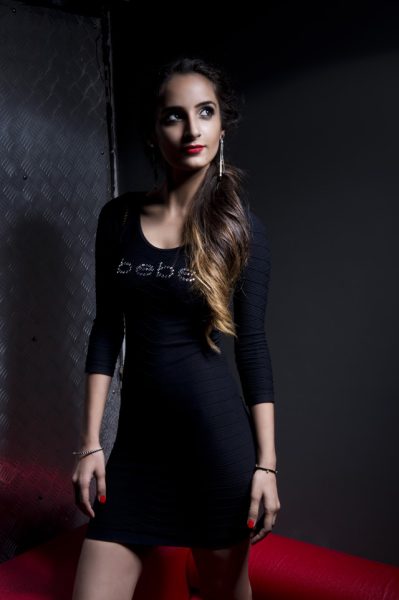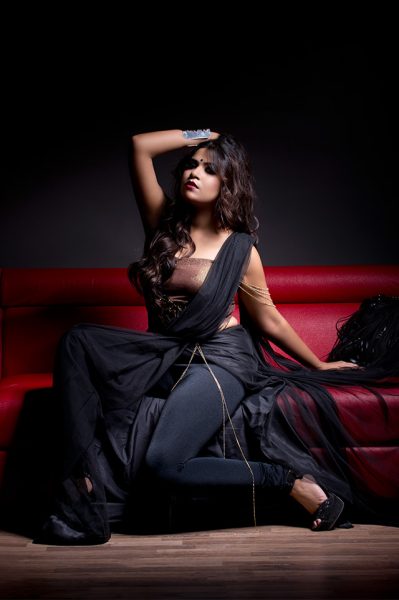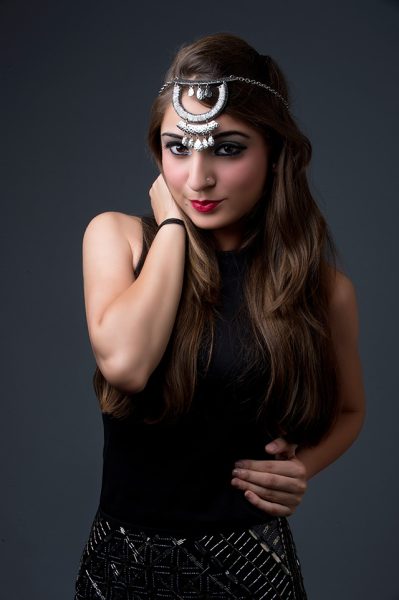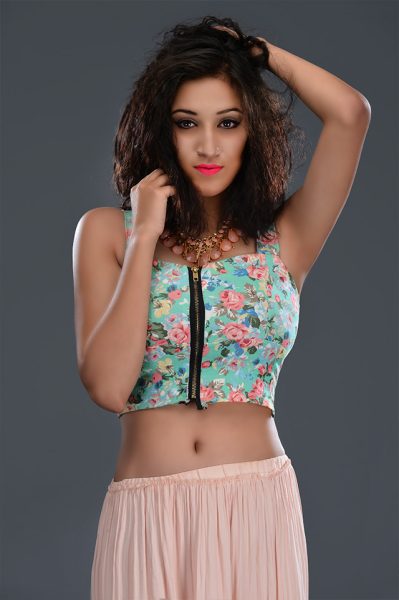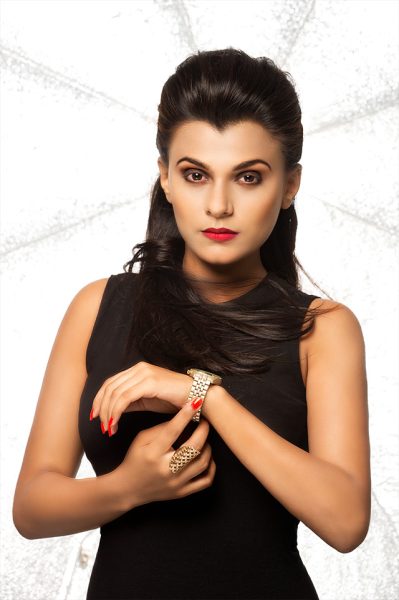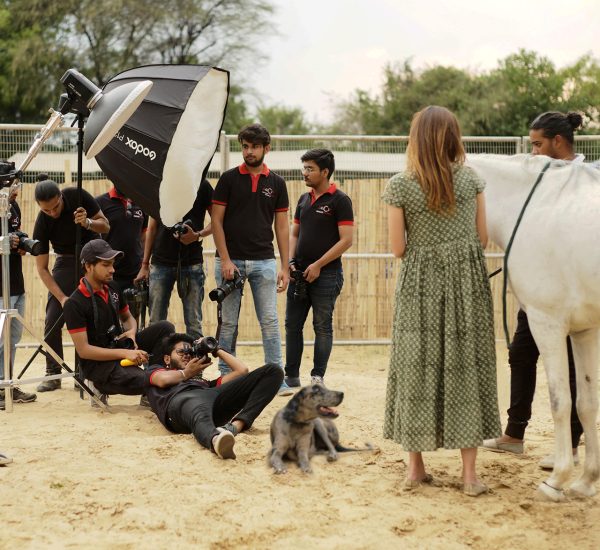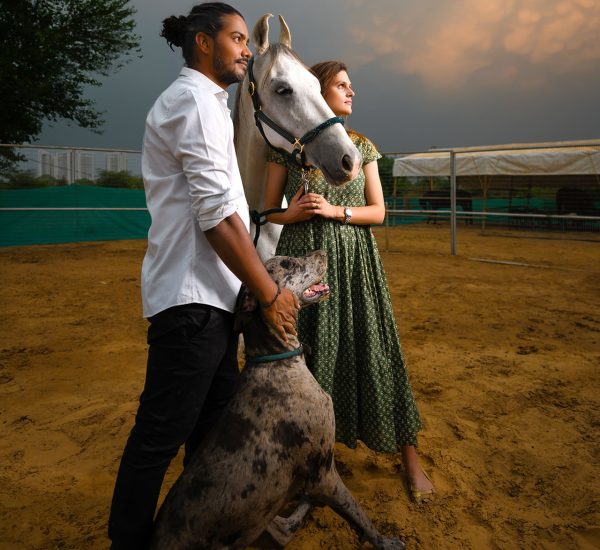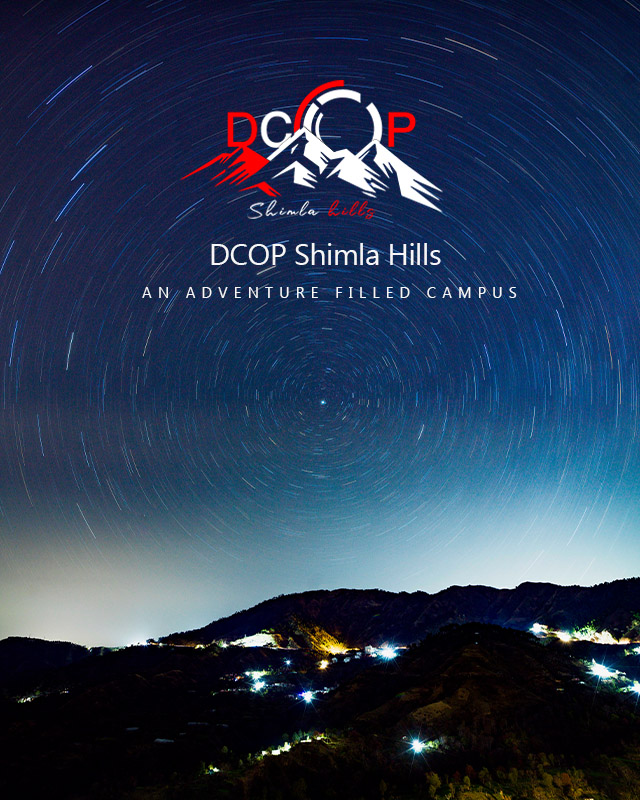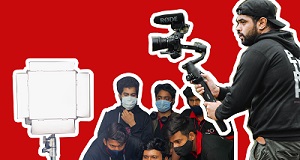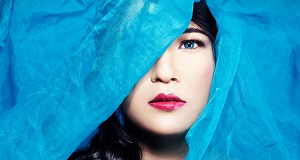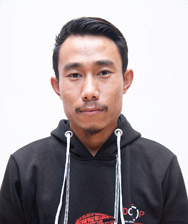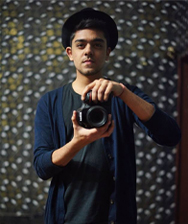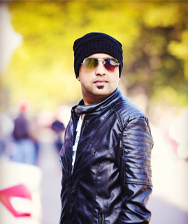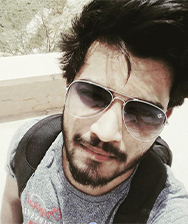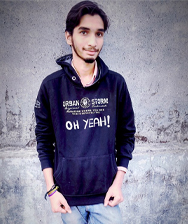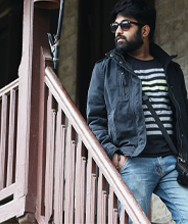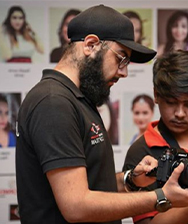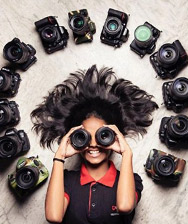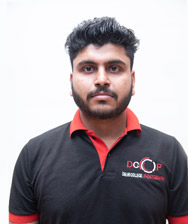Enquire Now

- Duration: 10 weeks
- Age limit: none
- WEEKDAY/WEEKEND COURSE
Fashion Photography course allows to study fashion photography both as practical and cultural discipline. The course is academically rigorous, with exploration of analytical and critical approaches to photographic imagery, together with study of the ideology, politics and context of fashion.
You will learn the technical skills of photography, whilst exploring images from haute couture to street style, from advertising campaigns to designer look-books, from art gallery to shop window and from fanzine to glossy magazine, and develop an analytical and critical view of global style and the cultural landscape of the fashion industry. You will experience location and studio shooting, using the excellent photography studios within the College, and you will explore digital image production and manipulation.
After finishing this course, our students also get 2 weeks studio membership to use our studio & equipment.
Fashion photography — in the form of magazines, books, advertisement campaigns, billboards, and online — has a great influence. In this course, you will learn the technical aspects of fashion photography, whilst exploring images from haute couture to street style, from advertising campaigns to designer look-books, from art gallery to shop window and from fanzine to glossy magazine, and develop an analytical and critical view of global style and the cultural landscape of the fashion industry. You will experience location and studio shooting, using the excellent photography studios within the College, and you will explore digital image production and manipulation.

History of Fashion Photography
The precursors of fashion photography go back to the eighteenth century when images of fashionable clothes were printed in magazines and black & white pictures were often hand-colored. This kind of photography started to be known thanks to the rise of fashion magazines, such as Harper Bazaar (1867) and Vogue (1892), which used photography to present clothes to the large public of readers. In 1970-1980 the pret-a-porter exploded.
VOGUE- bible of fashion industry.
The magazine has been published since 1892. It was also the first magazine to print color images in 1932. Vogue launched some of the greatest fashion photographers: first of all Adolphe De Meyer, who is also considered the first fashion photographer.
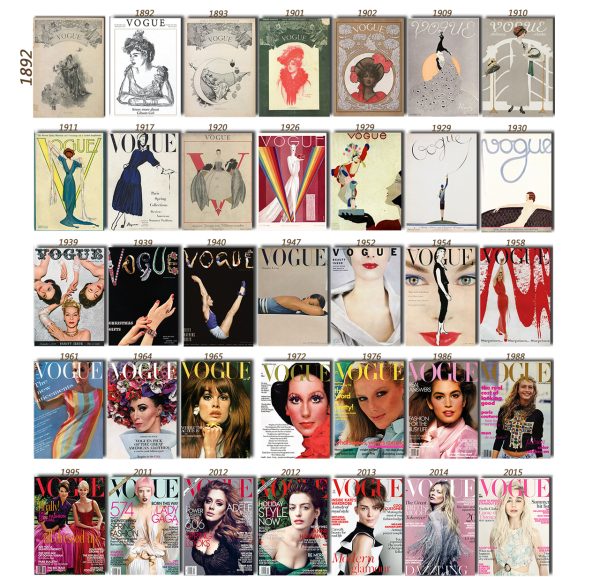

What are types of fashion styles?
Fashion styles are a commonly misunderstood idea, which is less complicated than it often seems. In reality, understanding different types of fashion styles can actually simplify your shopping and apparel. All apparels are grouped according to similarities in the pattern, fabric, style line, and color. These types of fashion styles can create looks that convey common themes. Fashion style generally refers to the groups of personality traits, which also match specific fashion themes. Fashion style is like a character sketch that describes a personality out of a fashion theme. With our Fashion Photography course, students will learn types of fashion styles which is the must for someone planning to pursue a fashion photographer’s career.
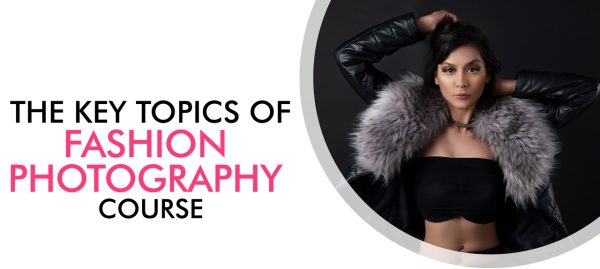
 Introduction to Fashion Photography
Introduction to Fashion Photography Using studio lights, reflectors, umbrellas, soft-boxes, beauty-dish, light-meters, grey card, honey-comb in fashion photography
Using studio lights, reflectors, umbrellas, soft-boxes, beauty-dish, light-meters, grey card, honey-comb in fashion photography Creative studio lighting & glamour lighting
Creative studio lighting & glamour lighting Studying various fashion styles by working with fashion designers
Studying various fashion styles by working with fashion designers Understanding make up with professional make-up artists
Understanding make up with professional make-up artists Outdoor location shoots with the team of professional models, makeup artist, and fashion stylists
Outdoor location shoots with the team of professional models, makeup artist, and fashion stylists Experience studio sessions, shoot models and gain requisite exposure enhancing your artistic sense of reciting your own definition of fashion
Experience studio sessions, shoot models and gain requisite exposure enhancing your artistic sense of reciting your own definition of fashion Understanding how manipulation of different studio lighting can give different effects
Understanding how manipulation of different studio lighting can give different effects Learn basic lighting for various fashion looks/ethnic look/bridal look/ western look/ casual look/ corporate look/ sporty look/ sensuous look
Learn basic lighting for various fashion looks/ethnic look/bridal look/ western look/ casual look/ corporate look/ sporty look/ sensuous look Types of Lighting (Butterfly/glamour lighting, Rembrandt lighting, Loop lighting, Rim lighting)
Types of Lighting (Butterfly/glamour lighting, Rembrandt lighting, Loop lighting, Rim lighting) Understanding shadows (hard & soft shadows)
Understanding shadows (hard & soft shadows) Shooting with external lights to achieve better and more dramatic results during outdoor shooting.
Shooting with external lights to achieve better and more dramatic results during outdoor shooting. Outdoor Lighting
Outdoor Lighting Posing in fashion
Posing in fashion Grey card
Grey card Digital Light meter
Digital Light meter Use of Reflectors
Use of Reflectors Difference between Hard light & Soft Light
Difference between Hard light & Soft Light Different types of Modifiers
Different types of Modifiers HSS (High speed sync)
HSS (High speed sync)
We often hear how much makeup can impact the final result of a photoshoot. It can either make or break a picture depending on its quality. A great makeup artist can save you tons of time in post-processing while a bad one will add many hours to your job. However, working with a great makeup artist doesn’t necessarily mean you will get what you need. If you cannot communicate properly, his work might not suit you, and neither will the resulting pictures. Educating yourself on some of the makeup basics can save you from this kind of situation.
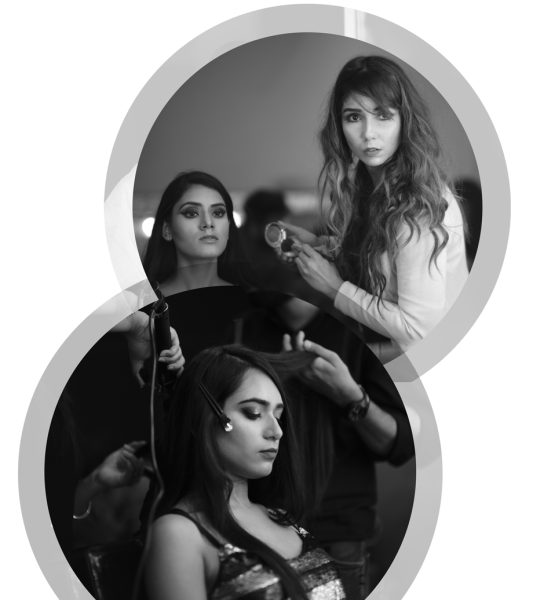
When one shoots inside a studio there are multiple factors to be taken into account. It starts right from preparations, setting up the lights, differentiation between multiple lights, choosing the key and fill, synchronizing these lights, using the right modifiers, etc.
Apart from using multiple lights, one has to learn how these lights work, how to diffuse the light if too much and how to cut the light to get more control over any specific region, etc.
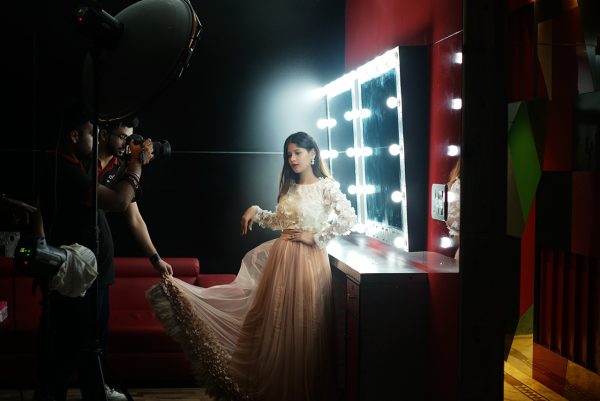
 Watch Video
Watch Video Shooting in a studio and shooting outdoors are poles apart. When one shoots inside a studio, the setup and lights are totally under the control of the photographers but when shooting outdoors one has to balance the already available light along with using external lights and modifiers.
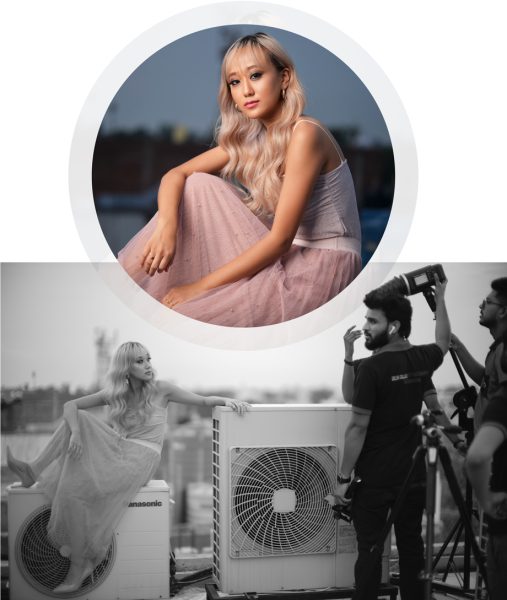
To pose is to assume a particular stance. Like a runway model strutting to the end of the catwalk. In fashion photography the models are required to acquire different poses according to different looks that the photographer asks for.
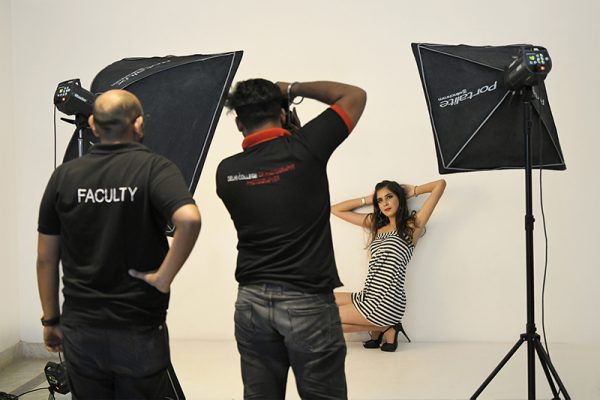
A grey card is a flat object of a neutral grey color that derives from a flat reflectance spectrum. A grey card is designed to help photographers to adjust their exposure and white balance settings consistently by providing a reference point. This reference point will set a white balance, or color balance, point for a particular image set and all images captured thereafter.
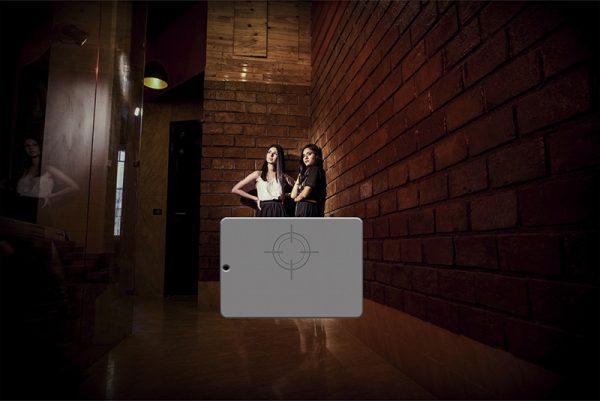
A light meter is a device used to measure the amount of light. Typically a light meter will include either digital or analog electronic circuit, which allows the photographer to determine which shutter speed and f-number should be selected for an optimum exposure, given a certain lighting situation and film speed.
A digital light meter enables a professional photogrpher to control the following:
-Low-light capability of a camera better than the built-in light meter.
-Flash readings for managing multiple lights and a better synchronization
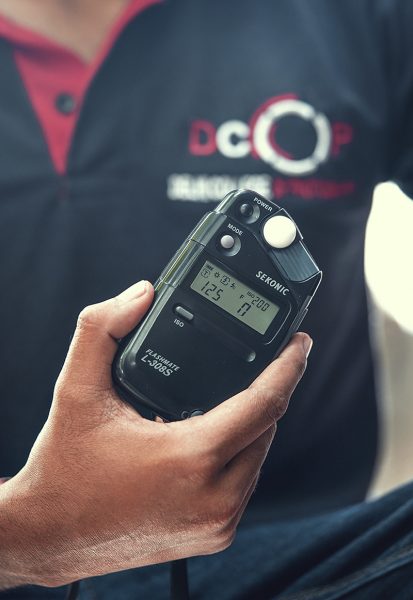
Reflectors don’t create light, their primary purpose is to fix shadows. In flat lighting, a reflector can add interest or drama to the shot. Some photographers use reflectors as hair lights outdoors. Many reflectors have a black side that can be used to block out light instead of to reflect it.
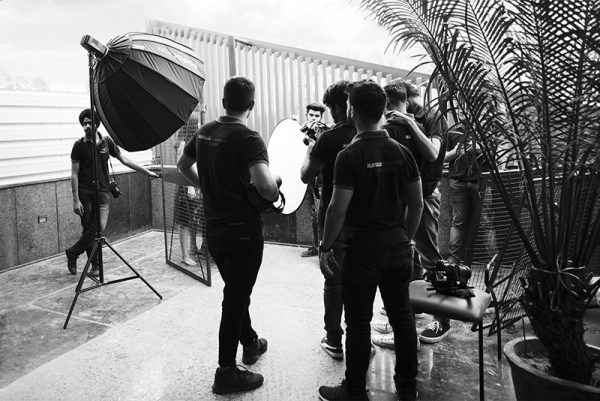
The difference between Hard light and Soft light is that hard light makes distinct, hard-edged shadows and Soft light makes shadows that are barely visible. A sunny day is hard light and cloudy day is soft light.
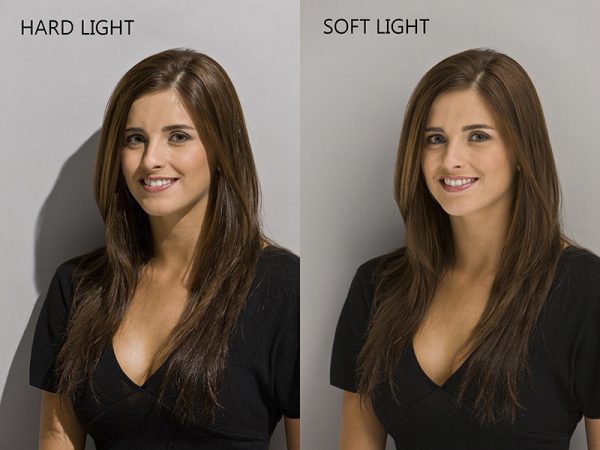
Some objects absorb light, others bounce it back in another direction. A modifier helps a photographer to manipulate the light by providing another surface for the light to bounce- off . Modifiers can make a big impact on your images. Types of modifiers are :- Beauty Dish, Bowl Reflector, Umbrellas, Ring Flash, Softbox, Stripbox.
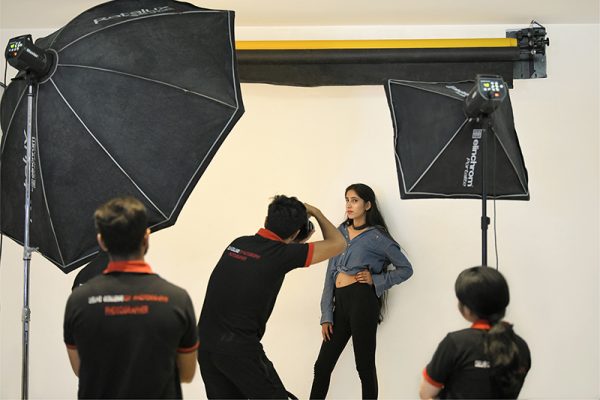
High-Speed Sync (HSS) allows you to use your flash at a shutter speed that goes above 1/200 of a second, which is a normal flash sync speed on most digital cameras. HSS allows you to set the exposure for a dramatic sky and still get a good exposure on the model as well.
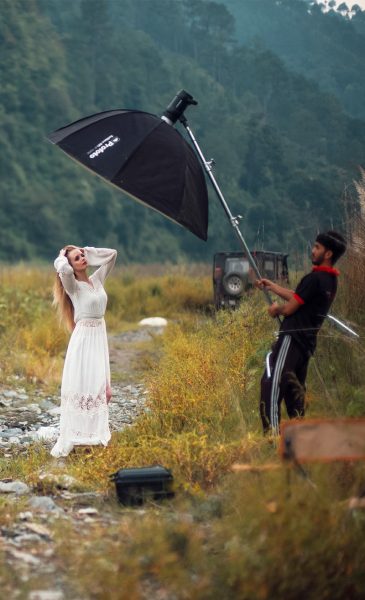
The students are taken on regular outdoor shoots and on-location to give them hands-on experience on how a commissioned outdoor shoot is executed.
They are told about various lights and modifiers that are used on such shoots and a constructed brief is given to them in order to achieve world-class imagery.
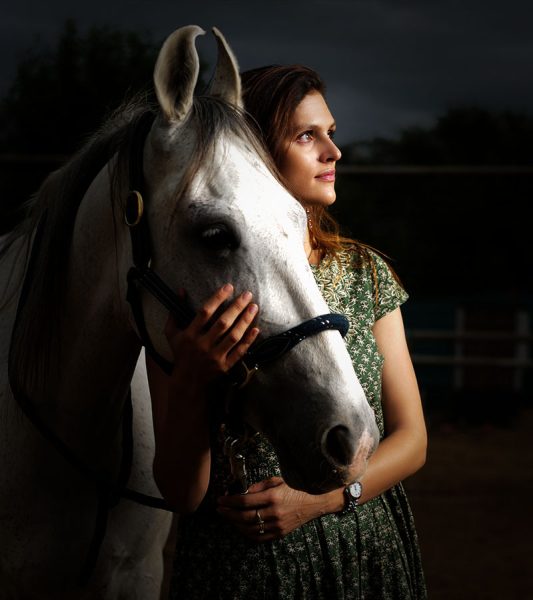
 Watch Video
Watch Video  Download Brochure
Download Brochure









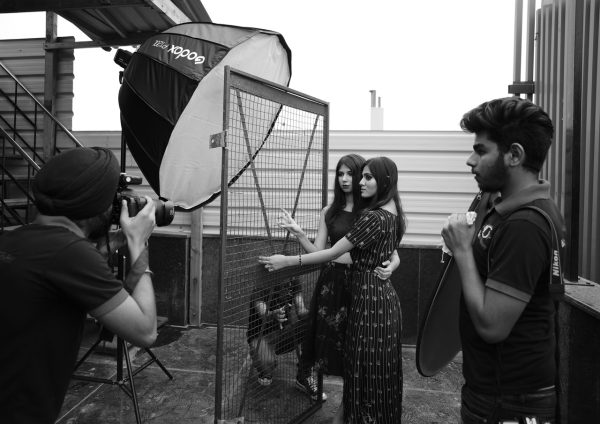
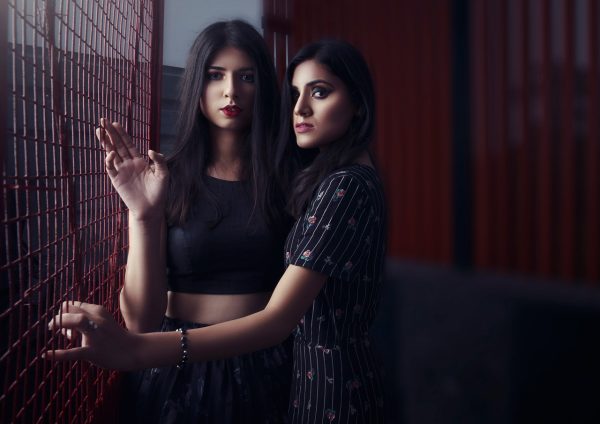
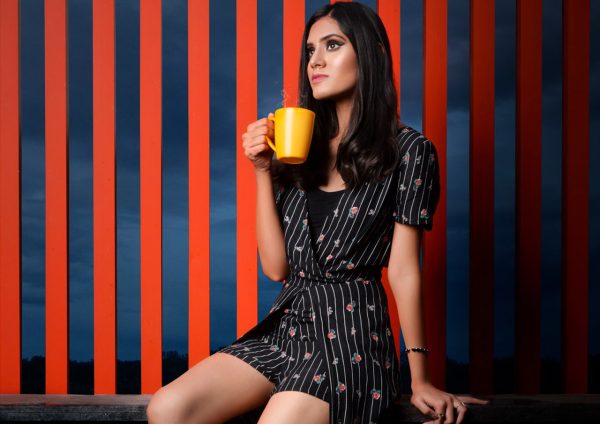
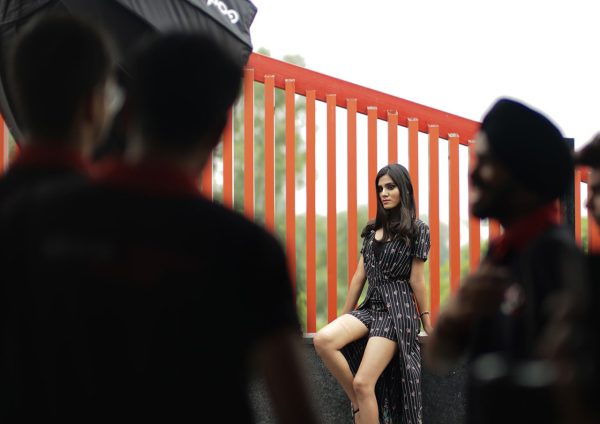



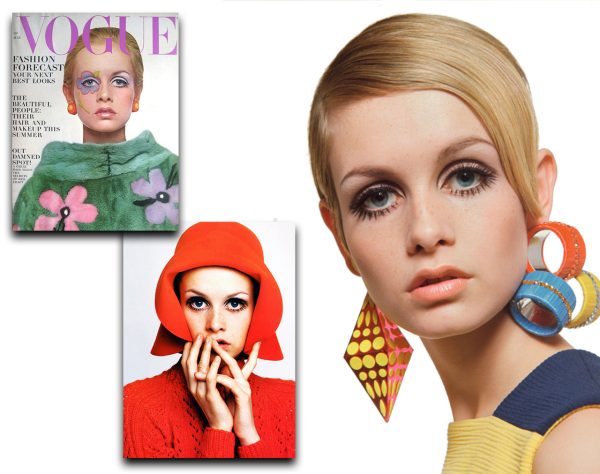
 Creative studio lighting & glamour lighting
Creative studio lighting & glamour lighting Outdoor Lighting
Outdoor Lighting Posing in fashion
Posing in fashion Grey card
Grey card Digital Light meter
Digital Light meter Use of Reflectors
Use of Reflectors Difference between Hard light & Soft Light
Difference between Hard light & Soft Light Different types of Modifiers
Different types of Modifiers

